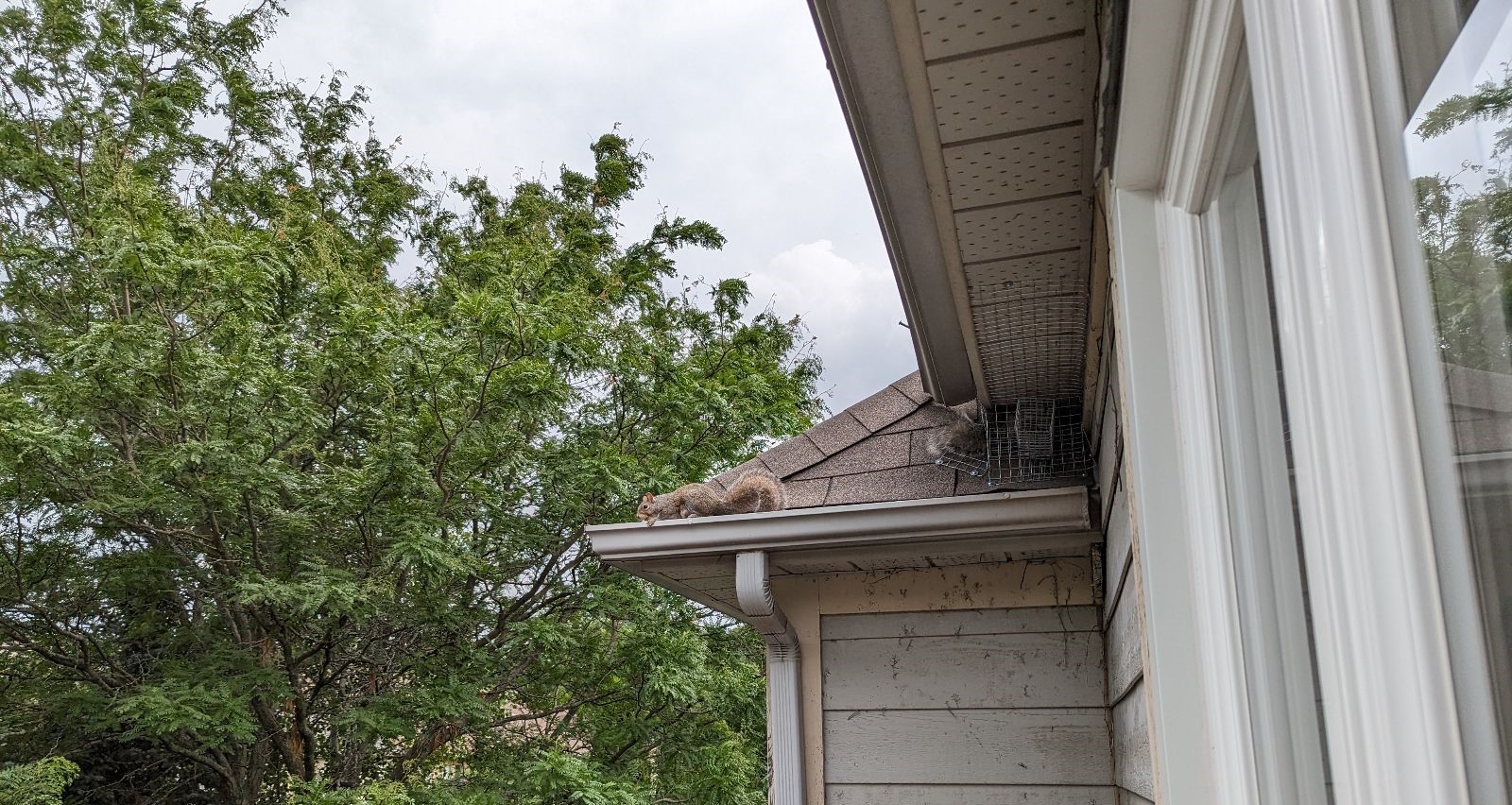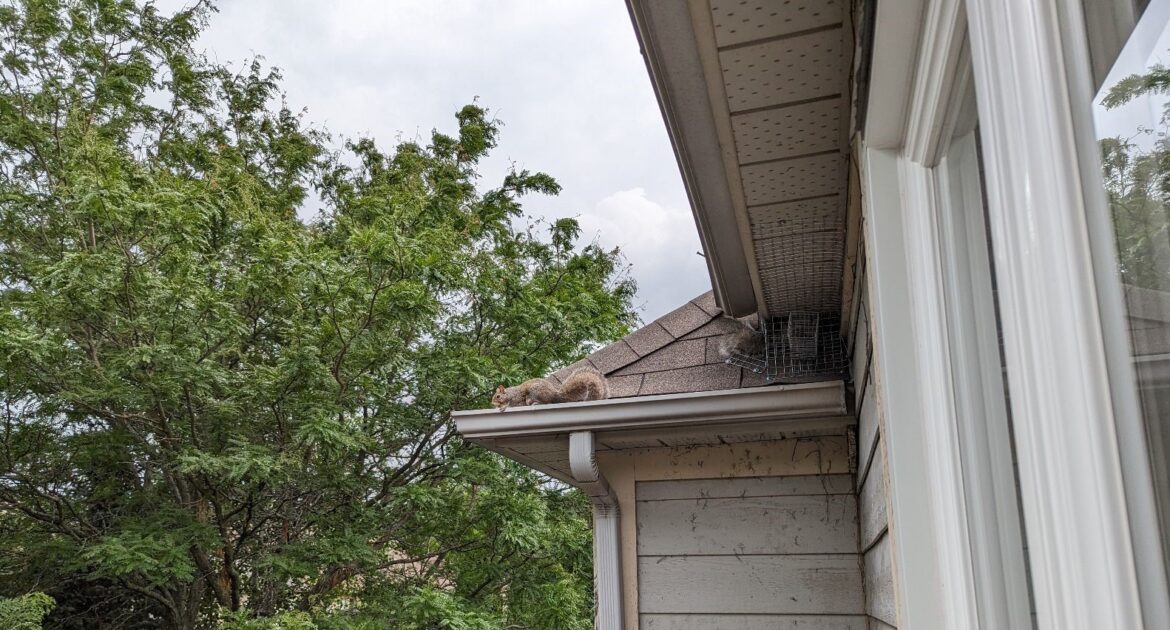There’s something undeniably charming about baby squirrels, with their tiny bodies and playful antics capturing the hearts of many Oakville residents. As these creatures explore their surroundings, they often become more visible around residential areas, sparking curiosity and prompting discussions about their growth and development milestones. Understanding the stages of a squirrel’s early life is essential for Oakville residents, especially as urban sprawl continues to push these inquisitive animals closer to our homes.
As we observe these little ones, it’s important to note that the interactions between humans and squirrels are on the rise, and with that comes the need for responsible wildlife control. Baby squirrels typically begin their growth journey in nests, relying on their mothers for care and sustenance. As they grow, they reach various developmental milestones, including the opening of their eyes, their first attempts at climbing, and eventually, their newfound independence.
At Skedaddle Humane Wildlife Control, we’re committed to helping homeowners navigate these delightful yet sometimes challenging encounters, ensuring that both residents and wildlife can coexist harmoniously while acknowledging the need for humane control measures when necessary.
Birth And Early Life
When it comes to the adorable world of squirrels, understanding the birthing process and the conditions of their nests can deepen our appreciation of these creatures. Typically, a mother squirrel gives birth in the comfort and safety of a specially constructed nest, often located in tree hollows or dense foliage, which helps protect her young from potential threats.
Squirrels usually have a litter size ranging from three to six babies, though it can vary. Newborn squirrels are quite fascinating; they are born hairless, blind, and entirely dependent on their mother for warmth and nourishment. In those first few weeks, they remain tucked away in their nest, where it’s warm and secure, allowing them to grow and develop.
As we observe these little lives taking shape, it’s a remarkable journey from their fragile beginnings to more independent stages of life. The nests play a crucial role in providing shelter and safety during this vulnerable phase. Our role as members of the community is to ensure that we appreciate and respect their living conditions. By understanding these aspects, we can foster coexistence and address our curiosity about these lively animals.
Key Development Milestones
As we look deeper into the enchanting journey of baby squirrels, it’s fascinating to track their growth from the moment they are born until they venture out into the world as independent young adults. Each milestone marks a significant step in their development, highlighting the intricate and delicate process that these little creatures undergo.
- Eyes Opening
Around four weeks old, the first major change occurs as their eyes open, allowing them to take in the world for the first time. This moment is crucial for their sensory development, enabling them to begin recognizing their surroundings and family members.
- First Fur Growth
Soon after, their bodies begin to sprout fur, providing necessary insulation and protection. The development of this fur also marks their readiness to engage more actively with their environment, as it helps regulate their body temperature.
- Development of Teeth
By the time they are about six weeks old, their first set of teeth emerges. This development is vital as it allows them to start gnawing and preparing for a diet that will eventually include more solid foods.
- Initial Movements And Exploration Outside The Nest
Around the eight-week mark, they begin venturing outside the safety of their nest. These initial explorations are tentative, guided by their mother, and are pivotal for developing motor skills and confidence.
Understanding these milestones not only deepens our appreciation for baby squirrels but also encourages us to be mindful of their growth journey. By observing and respecting their developmental stages, we can create a more harmonious relationship with these charming creatures as they grow into well-adapted members of our community.
Learning To Forage
As juvenile squirrels grow and begin to explore beyond their nests, one of the most crucial skills they must develop is foraging for food. In a suburban environment, this process is both fascinating and essential for their survival. Young squirrels learn by observing their mothers and experimenting with different foods they come across. Their diet mainly consists of nuts, seeds, fruits, and vegetables, which are abundant in community gardens and parks. The playful antics of these young foragers often showcase their trial-and-error approach; they’ll try various foods, sometimes dropping them or returning to them later, honing their ability to find and store provisions.
This stage of learning is vital, as it not only equips them with the necessary skills for self-sufficiency but also facilitates their adaptation to urban living. The ability to navigate human environments for food can determine their success in thriving amidst the challenges that urban life presents. By grasping the importance of foraging, we contribute to fostering a healthy respect for their role in our ecosystem.
As they become adept at sourcing food, we can appreciate the beauty of this stage in their growth, culminating in confident, independent squirrels that enrich our suburban landscape.
The Role Of The Mother
In the remarkable journey of a young squirrel’s life, the mother squirrel plays an indispensable role, particularly during those critical early stages. She is not just a caregiver but also a protector and teacher, ensuring her offspring are safe while laying the groundwork for their future independence. Nestled in the warmth of her carefully crafted nest, the babies rely on her for nourishment and comfort, benefiting from her watchful presence. As they grow, she introduces them to the world, teaching essential survival skills like foraging and recognizing potential threats.
Through her guidance, we see the little ones embark on their explorative ventures, learning to navigate their surroundings while grasping necessary skills. By the time they reach independence, the young squirrels are well-prepared, having observed their mother adeptly climb trees, gather food, and identify safe spaces. This nurturing process not only aids in their physical growth but also instills confidence as they venture into their new, independent lives. Understanding the mother squirrel’s vital influence adds a layer of appreciation for these creatures in our communities.
When Human Intervention Might Be Necessary
While observing the journey of young squirrels is a delightful experience, there are times when human intervention becomes crucial for their well-being. Scenarios such as finding injured or orphaned baby squirrels can be alarming. In these situations, it’s important for us to act swiftly and responsibly to help these vulnerable creatures. Approaching these circumstances with care is vital, as trying to handle the situation ourselves can sometimes do more harm than good.
Professional wildlife services are equipped to address these incidents appropriately, ensuring the safety of both the animals and the residents in the area. These experts possess the training and resources needed to assess the situation, provide the necessary care, and facilitate rehabilitation, helping to create a smooth transition back into their natural habitats. The little ones deserve the best chance at survival and thriving in our shared environment. By empowering professionals, we can contribute positively to their development and enhance our community’s harmony with nature.
Professional Wildlife Control Services
In Oakville, Skedaddle Humane Wildlife Control serves as a vital resource for both residents and the community when it comes to managing the delicate balance between nature and urban living. We understand that requiring expert intervention can be essential, especially for sensitive creatures like young squirrels.
While some might consider DIY solutions, these approaches can often lead to unintended harm for both animals and the environment. It’s crucial to recognize that, during critical moments in their development, these creatures need specialized care that professionals can provide.
Skedaddle emphasizes humane management, prioritizing education and prevention to foster a healthy coexistence with wildlife. We believe the best strategies involve not only addressing immediate concerns but also equipping the community with knowledge to prevent future issues. By promoting an understanding of these animals’ behaviours and habitats, we can collectively contribute to their safe development within our urban landscape. With our commitment to compassionate and informed practices, we ensure that all creatures have the opportunity to thrive while maintaining the integrity of our community.
Understanding The Growth And Development Of Squirrels
In the end, understanding the growth and development of our furry neighbours enriches our connection to the environment. It highlights the delicate balance between human habitation and nature. With the expertise offered by our team at Skedaddle Humane Wildlife Control, Oakville remains a safe and respectful place for all its inhabitants.
For those seeking assistance or wishing to learn more about our services, we encourage reaching out to request a quote or explore our resources. Together, we can continue to foster a community where humans and animals coexist peacefully.




